Formula CH2N4 Density 1.48 g/cm³ | Molar mass 70.05 g/mol | |
 | ||
Tetrazoles are a class of synthetic organic heterocyclic compound, consisting of a 5-member ring of four nitrogen atoms and one carbon atom. The simplest is tetrazole itself, CH2N4. They are unknown in nature.
Contents
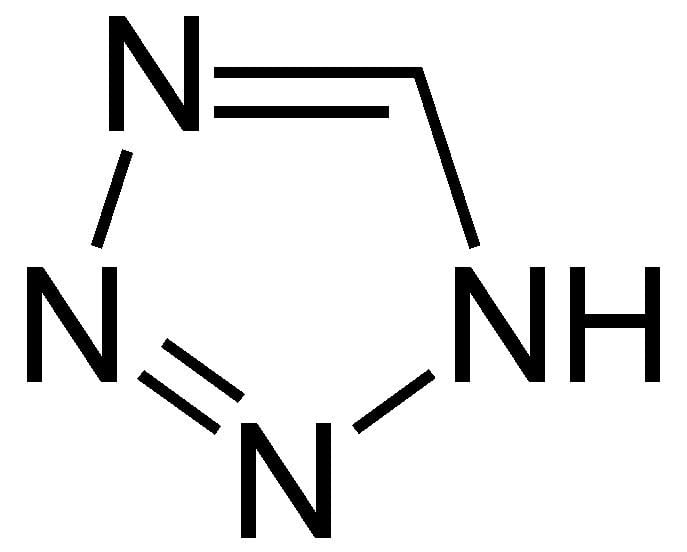
Synthesis
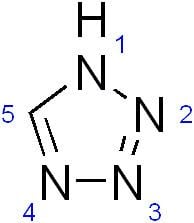
Tetrazole was first prepared by the reaction of anhydrous hydrazoic acid and hydrogen cyanide under pressure. Treatment of organic nitriles with sodium azide in the presence of iodine or silica-supported sodium bisulfate as a heterogeneous catalyst enables an advantageous synthesis of 5-substituted 1H-tetrazoles. 2-Aryl-2H-tetrazoles are synthesized by a [3+2] cycloaddition reaction between an aryl diazonium and trimethylsilyldiazomethane.
Uses
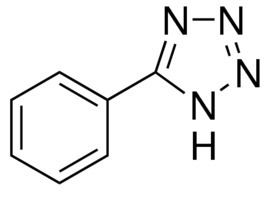
There are several pharmaceutical agents which are tetrazoles. The tetrazole ring can act as a bioisostere for the carboxylate group. Angiotensin II receptor blockers - such as losartan and candesartan, often are tetrazoles. A well-known tetrazole is dimethyl thiazolyl diphenyl tetrazolium bromide (MTT). This tetrazole is used in the MTT assay to quantify the respiratory activity of live cells culture, although it generally kills the cells in the process. Some tetrazoles can also be used in DNA assays.
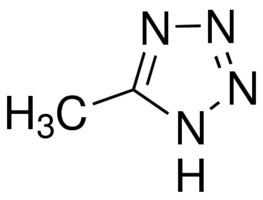
Some tetrazole derivatives with high energy have been investigated as high performance explosives as a replacement for TNT and also for use in high performance solid rocket propellant formulations.
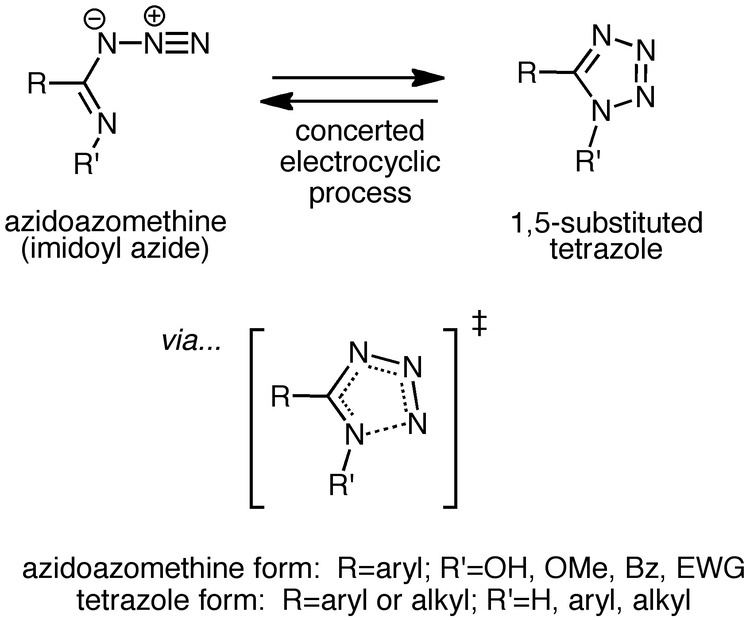
Other tetrazoles are used for their explosive or combustive properties, such as tetrazole itself and 5-aminotetrazole, which are sometimes used as a component of gas generators in automobile airbags. Tetrazole based energetic materials produce high-temperature, non-toxic reaction products such as water and nitrogen gas, and have a high burn rate and relative stability, all of which are desirable properties. The delocalization energy in tetrazole is 209 kJ/mol.
